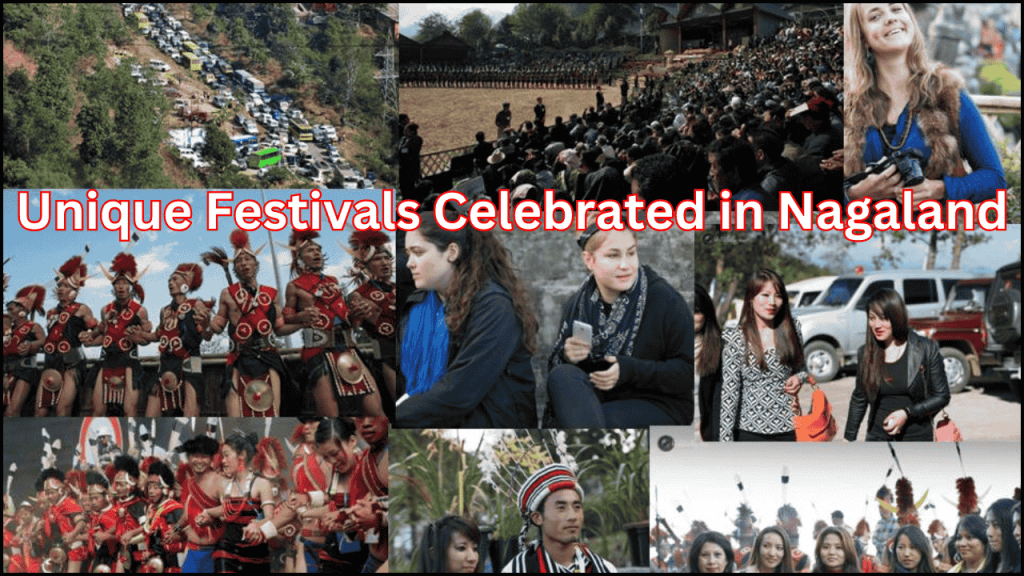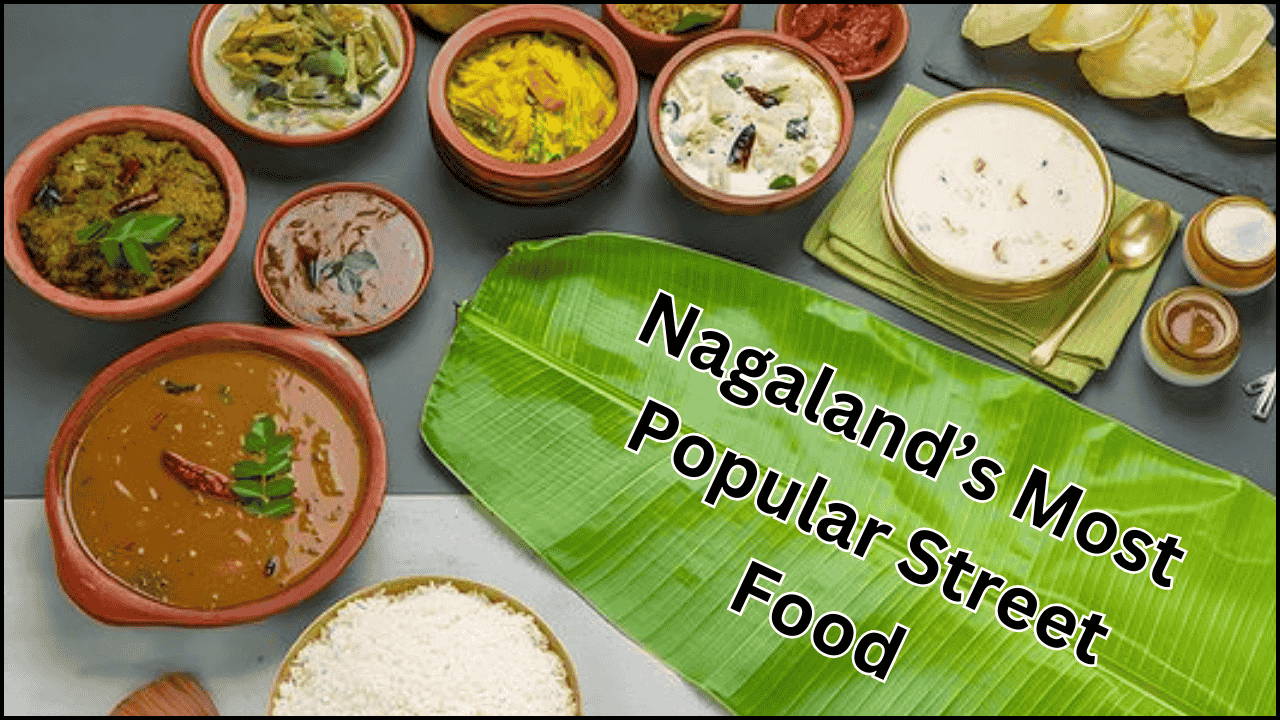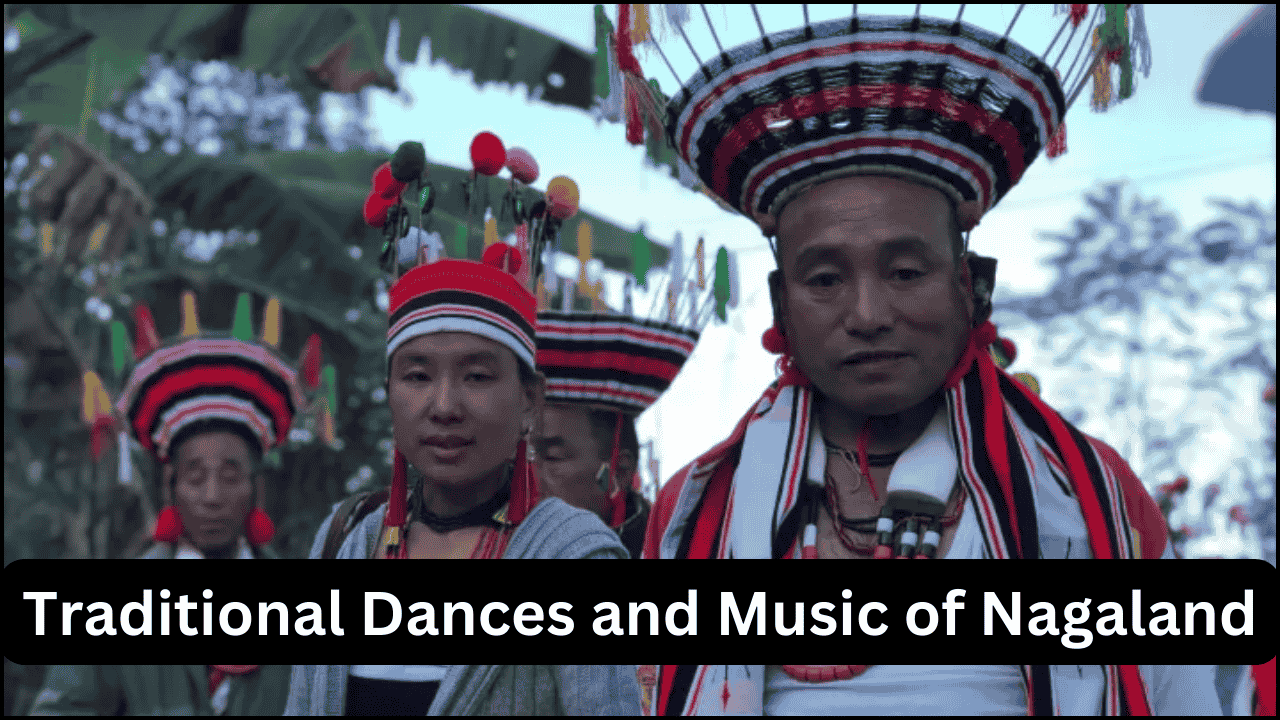
Nagaland, the land of vibrant tribes and rich traditions, is one of the most culturally diverse states in India. Nestled in the beautiful hills of Northeast India, Nagaland is home to 16 major tribes, each with its own unique customs, traditions, and festivals. These festivals are not just about celebrations; they are a reflection of their way of life, their respect for nature, and their deep-rooted tribal identity.
Let’s take a look at some of the most unique and fascinating festivals celebrated in Nagaland.
1. Hornbill Festival – The Festival of Festivals
Popularly known as the “Festival of Festivals,” the Hornbill Festival is the biggest cultural event in Nagaland. Held every year from December 1st to 10th in Kisama Heritage Village near Kohima, this festival brings together all the tribes of Nagaland in one place.
During this grand event, tourists can witness traditional dances, folk songs, tribal war performances, indigenous sports, fashion shows, and food festivals. The highlight of the Hornbill Festival is the display of tribal handicrafts, art, and cuisine. Visitors also get to enjoy music concerts at night, which showcase both local and international artists.
Hornbill Festival is not just a celebration but a beautiful platform to preserve and promote the rich culture of Nagaland.
2. Moatsu Festival – Celebrated by the Ao Tribe
Moatsu Festival is one of the most popular festivals of the Ao tribe of Nagaland. It is celebrated in the first week of May after the completion of sowing seeds in the fields. This is a period of relaxation and merry-making for the tribe after their hard agricultural work.
During Moatsu, villagers dress in their finest traditional attire, perform folk dances, and sing melodious songs praising their ancestors. One of the unique traditions of this festival is the brewing and sharing of rice beer called “Zutho”. It symbolizes friendship and unity among the people.
Feasting, games, and community bonding make Moatsu an unforgettable cultural experience.
3. Sekrenyi Festival – Celebrated by the Angami Tribe
Sekrenyi is a 10-day long festival celebrated by the Angami tribe, usually in February. This festival is associated with purification and renewal. It marks the beginning of the agricultural cycle and involves a series of rituals to cleanse the village and its people of any past sins.
The Angamis perform rituals like the cleaning of wells, bathing ceremonies, and animal sacrifices during Sekrenyi. The young men and women wear traditional clothes and jewelry, participate in folk dances, and indulge in grand feasts.
Sekrenyi also includes wrestling competitions, singing of warrior songs, and community prayers for a good harvest.
4. Tokhu Emong Festival – Celebrated by the Lotha Tribe
Tokhu Emong is a post-harvest festival celebrated by the Lotha tribe of Nagaland in November. This 9-day festival is a thanksgiving ceremony to God for a good harvest and prosperity.
The uniqueness of Tokhu Emong lies in the spirit of forgiveness and reconciliation. It is a time when broken relationships are mended, and disputes are settled. The festival is also famous for its grand feasts, where every household prepares traditional dishes and rice beer.
Folk songs, dances, and exchanging of gifts strengthen community bonding during this beautiful festival.
5. Tuluni Festival – Celebrated by the Sumi Tribe
Tuluni is a joyful festival celebrated by the Sumi Naga tribe during July. It is a harvest festival dedicated to the blessings of nature and agriculture. The festival is known for its elaborate feasts and the preparation of local rice beer known as “Azu”.
One of the unique aspects of the Tuluni Festival is the exchange of food and drinks between married women and their family members, symbolizing love and unity. Community dances, games, and storytelling sessions bring everyone together.
It is also a time when engagements and marriages are announced, adding a touch of romance to the celebrations.
6. Yemshe Festival – Celebrated by the Pochury Tribe
Yemshe is an important festival of the Pochury tribe celebrated in October. It marks the beginning of the harvest season and is associated with cleansing and preparation for the new agricultural year.
During Yemshe, houses are cleaned and decorated, and traditional rituals are performed to drive away evil spirits. The festival is filled with cultural performances, group dances, and grand feasts shared among family, friends, and neighbors.
Final Thoughts
Nagaland’s festivals offer a glimpse into the rich culture, values, and lifestyle of its people. Every festival celebrated here has its own significance, rituals, and traditions that reflect the bond between humans and nature.
For visitors, these festivals provide an unforgettable experience of tribal life, colorful attire, melodious music, and mouth-watering cuisine. Whether it’s the grandeur of the Hornbill Festival or the warmth of Moatsu and Tokhu Emong, Nagaland is a land where every celebration tells a story of unity, gratitude, and cultural pride.
If you’re planning a trip to Northeast India, try to align your visit with any of these unique festivals to witness the heart and soul of Nagaland’s traditions.




